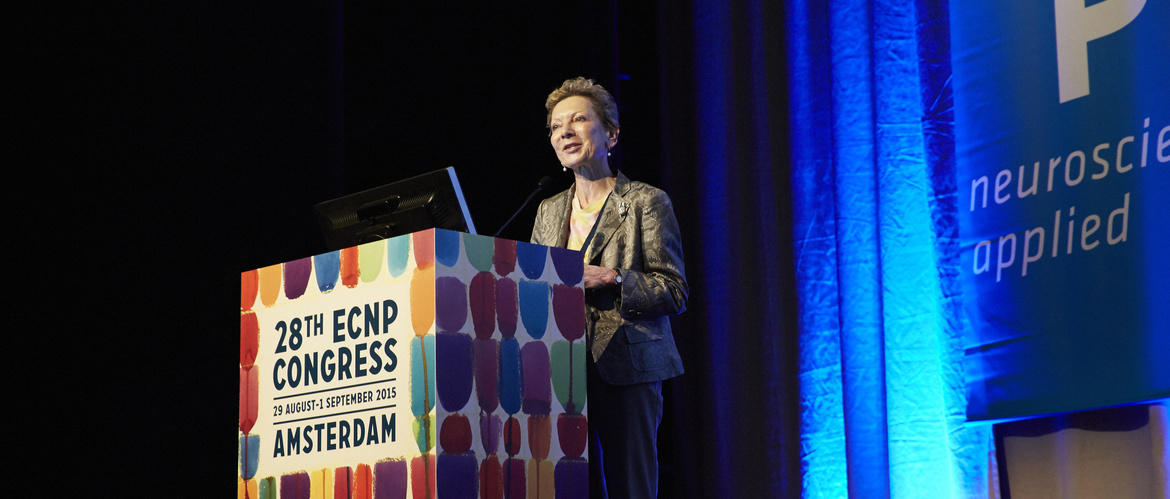
Choose a channel
Check out the different Progress in Mind content channels.

Progress in Mind

It is known from epidemiological studies that childhood trauma and stressors are associated with the development of several psychiatric disorders, including schizophrenia in later life. However, the aetiology of this association is hard to identify, particularly in humans. In a fascinating plenary lecture delivered to a full auditorium, Professor Tallie Baram of the University of California-Irvine, USA, described some of the research that is teasing apart this thorny problem.
Much of the work Prof Baran reported was in rodents, where clearly their environment and experiences can be controlled, and their brains investigated, in a different way to humans. She described the creation of a ‘low socioeconomic level’ for rats, in which mothers are given only restricted amounts of bedding materials for their new pups. Such restrictions for just the first week of the pups’ life produces profound and irreversible change in them. Their later behaviour in adolescence indicates anhedonia (a loss of preference for sucrose and lack of playful behaviour).
In addition, these animals develop cognitive problems later in their life, resulting from a loss of synaptic plasticity in the hippocampus. The original source of these changes was chaotic patterns of maternal behaviour that are precipitated by the adverse environmental conditions. This early-life stress appears to have an effect on stress-sensitive populations of cells in the brain, for example cells in the hypothalamus producing corticotrophin-releasing hormone. The change in gene expression, resulting in an increased expression of this key hormone in the stress response appeared to be permanent in these rats, following their exposure to adverse events.
‘They **** you up, your mum and dad. They may not mean to, but they do.’
Phillip Larkin
Research so far in rats has shown that behavioural changes in the mother as a result of an adverse environment, produced early-life stress in her pups, which resulted in synaptic re-wiring and possible epigenetic changes in sensitive regions of their brains. This, in turn, led to a vulnerability to stressors in later life.
These links between early-life experiences, neuronal processes and ultimately behavioural phenotypes, is currently being investigated further in both rodents and humans. As Prof Baram pointed out, 50% of the world’s children are born into and grow up in conditions of stress and adversity. There is little that can be done to eliminate those environmental contexts, but an understanding of the pathology this produces may allow clinicians to address the effects of those experiences in children and families, before they have long-term sequelae.
Our correspondent’s highlights from the symposium are meant as a fair representation of the scientific content presented. The views and opinions expressed on this page do not necessarily reflect those of Otsuka and Lundbeck.